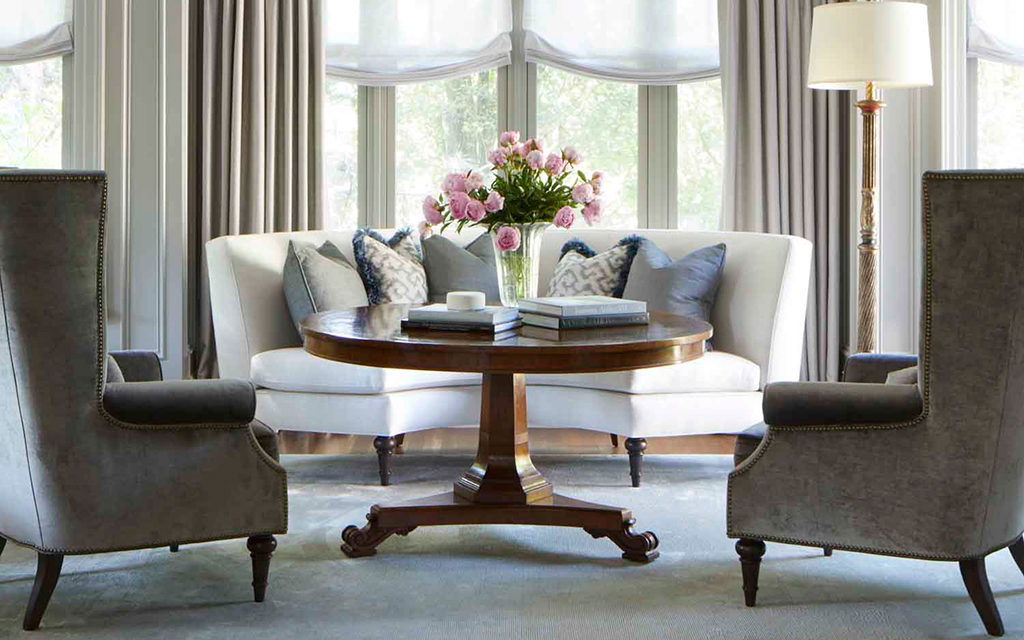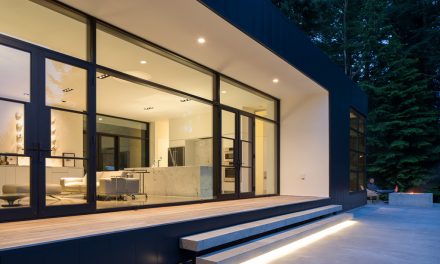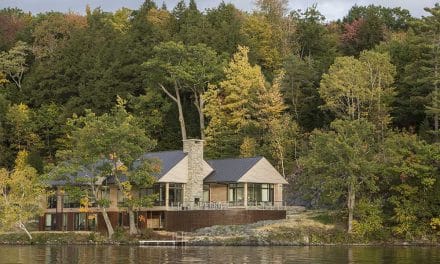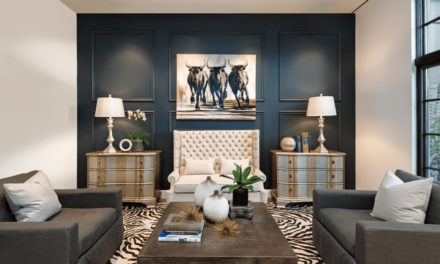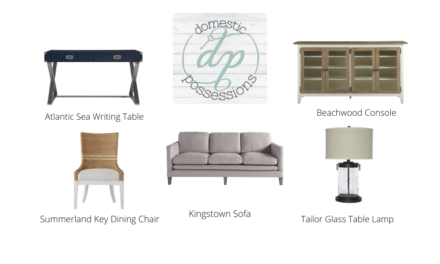Design by Julie Charbonneau Design
The layers of decisions throughout an interior design project can be overwhelming…not to mention the countless options, which can leave your head spinning. Luckily, there are six principles that help guide our decisions. Ultimately, we create a space that works for you! Let’s go back to the basics of design…
01 – BALANCE
Balance is all about spatial equilibrium to meet your functional requirements. There can be symmetrical, asymmetrical or radial balance. If you’re creating a room for conversation, go with a radial furniture arrangement. If your room is for binge watching Netflix, a symmetrical arrangement may be your best bet.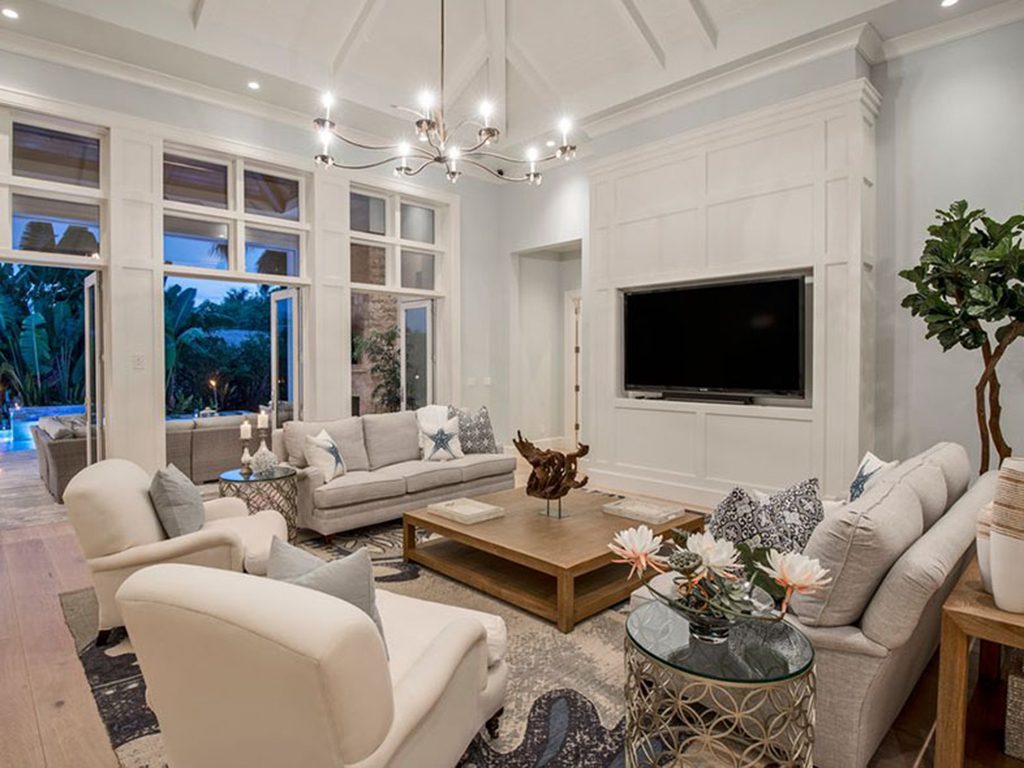
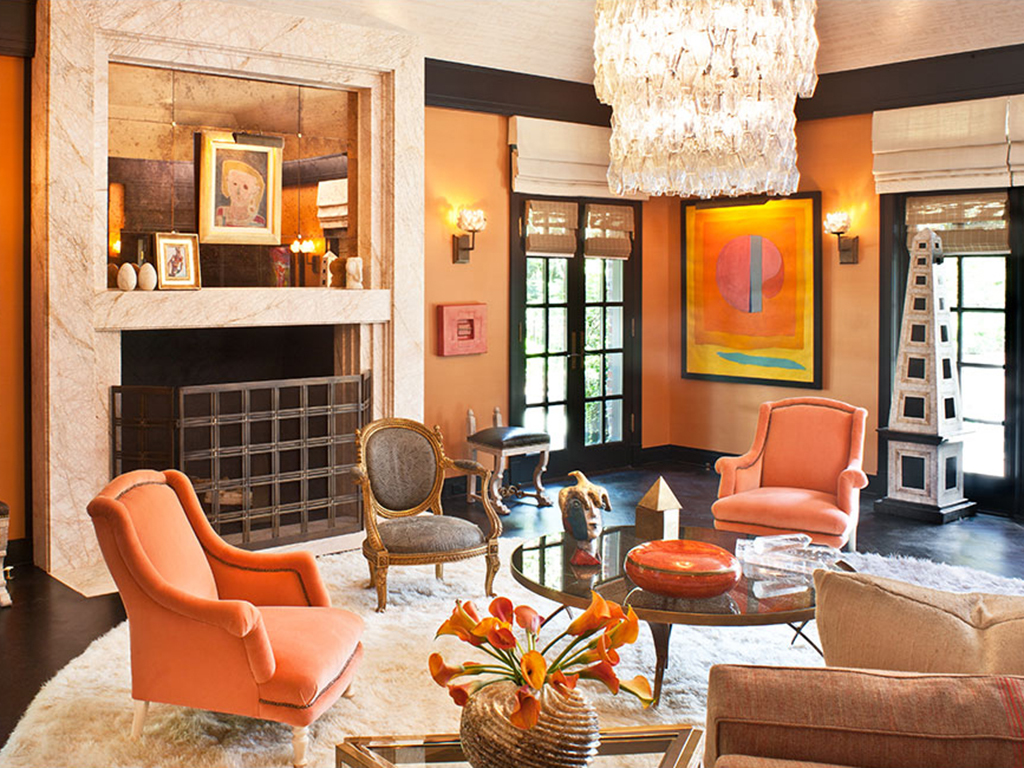
Design by Kelly Wearstler Design
02 – HARMONY + UNITY
Harmony is relating the elements in a space to each other. Ever wonder how people mix and match their dining chairs, but they still look amazing? It’s harmony. Using a common characteristic can relate different elements in the room. For example, ten different chairs, but all painted the same color? Genius and eclectic.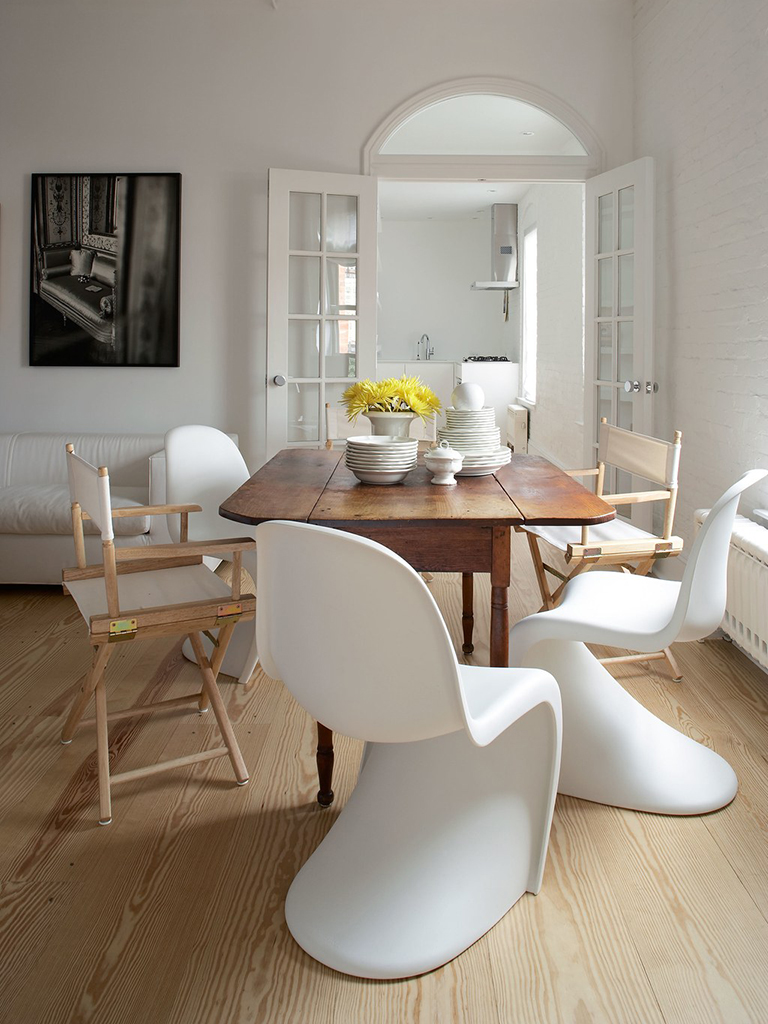
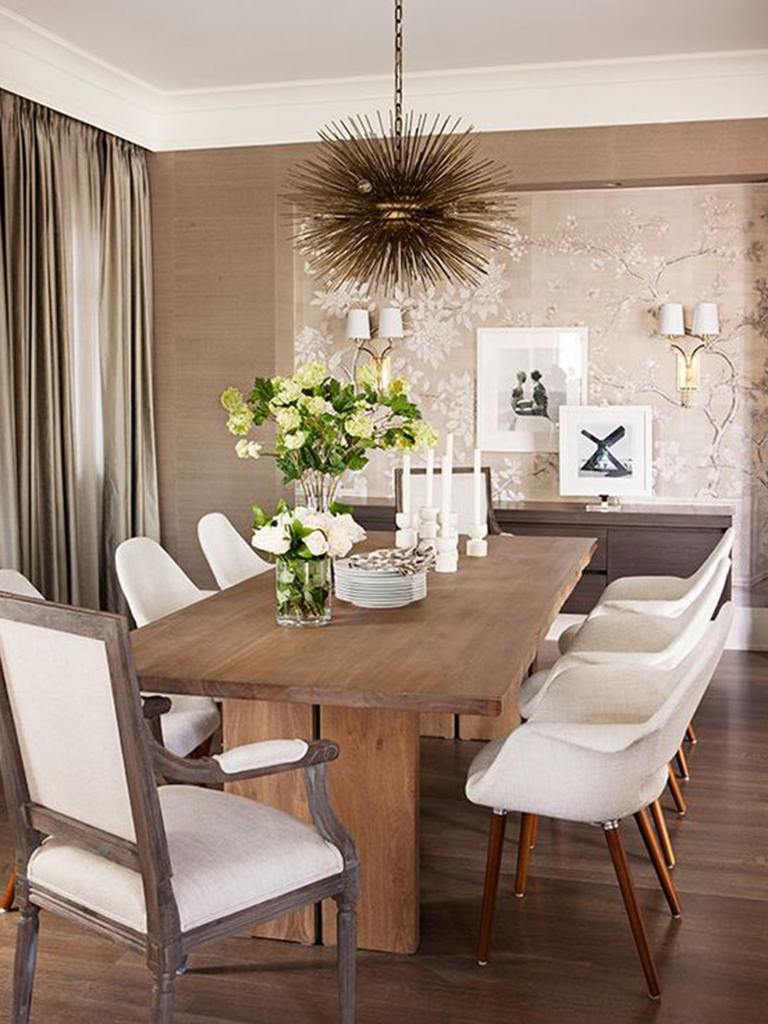
Design by Nam Dang-Mitchell
03 – RHYTHM
Rhythm gives a space that “put together” feeling by repeating elements. Remember Wine & Paint night? The instructor had everyone use the same blue at the top of the canvas, a little to the left, then again at the bottom? Spatial rhythm is the same exact thing. The repetition of blue created a sequence that related different parts of the canvas, creating a cohesive painting, moving your eye along the composition.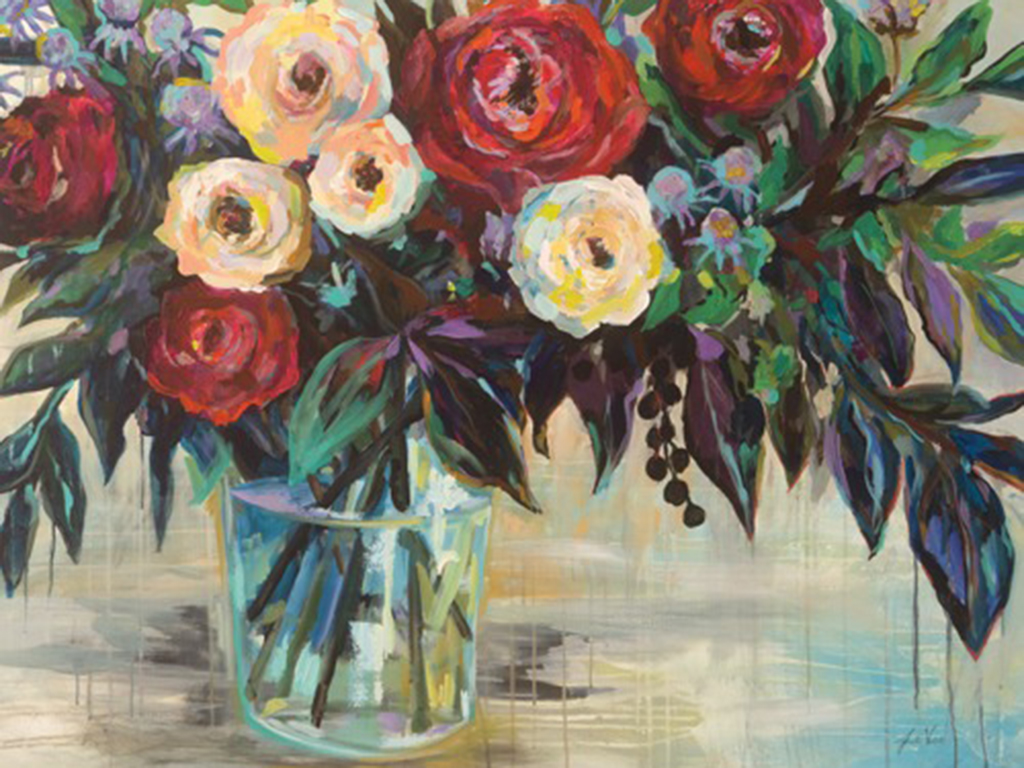
Painting by artist Jeanette Vertentes
04 – EMPHASIS + FOCUS
Here the goal is to provide hierarchy and importance on key features. On the shoreline, we often focus on the water views. If the view is the showstopper, painting the walls using a neutral palette really makes that sunset pop.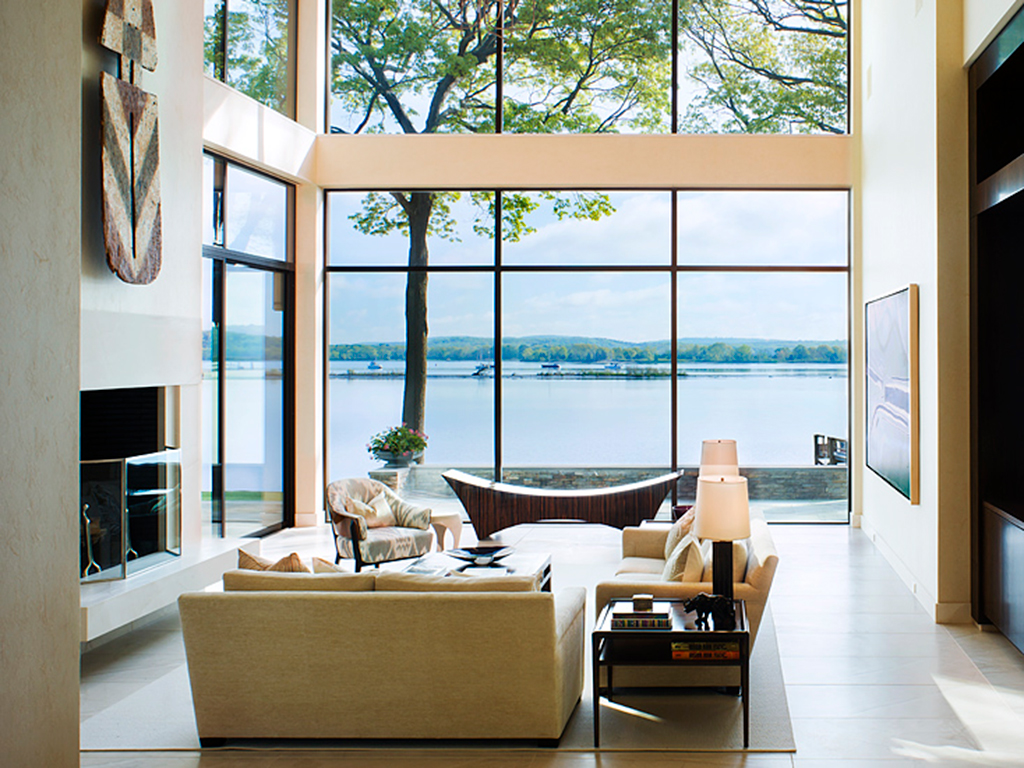
Design by Point One Architects
05 – CONTRAST
The pairing of dissimilar elements adds interest. For instance, mixing metals can help achieve visual interest. And as long as we mix metals with rhythm, harmony & unity in mind, we can create a dynamic, Instagram worthy space.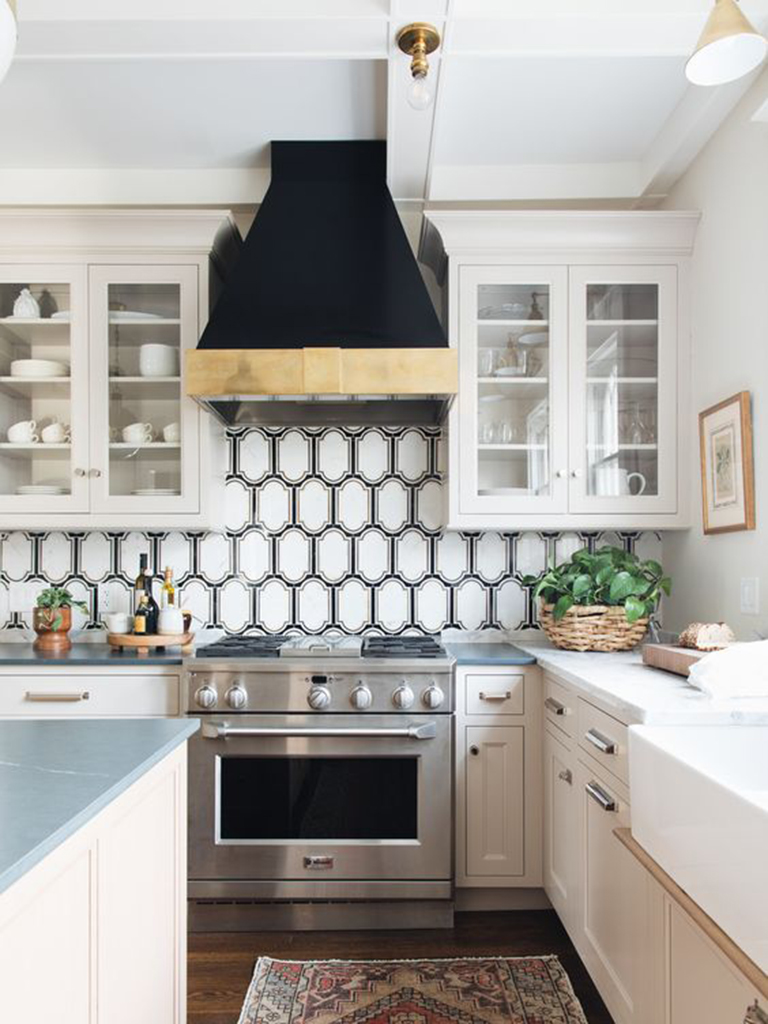
Design by Jean Stoffer Design
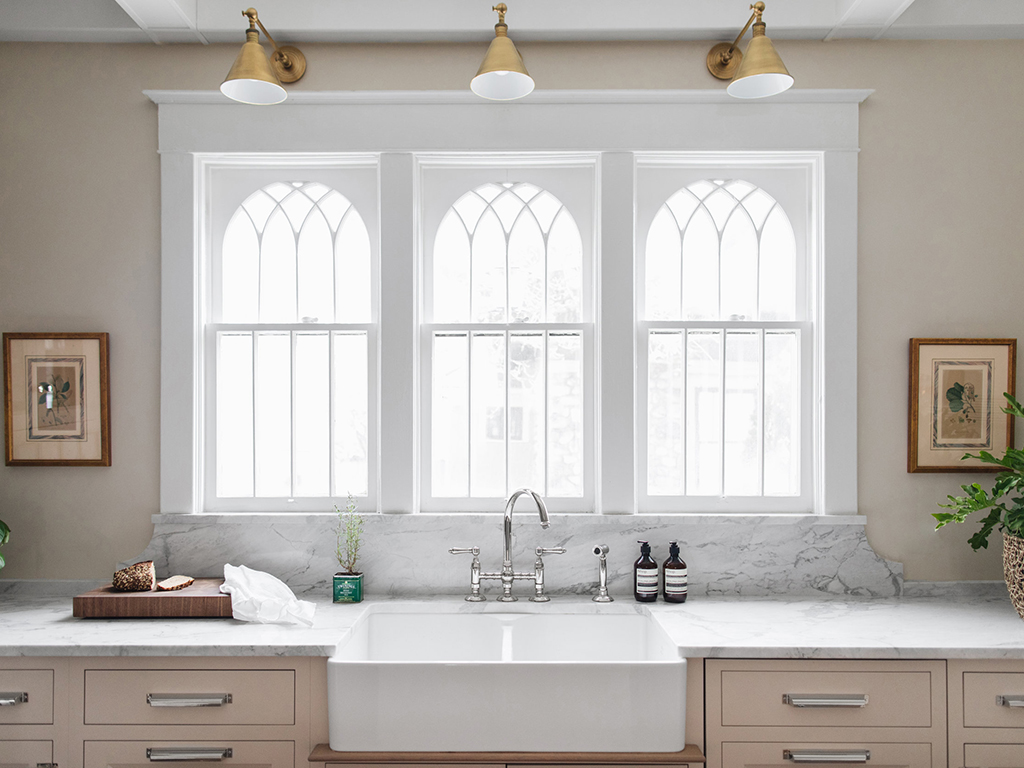
Design by Jean Stoffer Design
06 – PROPORTION
How does one part relate to the whole? In design, proportion is relative to your body and your space. There are many different proportion systems to follow like the golden ratio, but a lot of proportion decisions can be made by eye. If the chandelier is the same diameter as the table, it’s probably too big.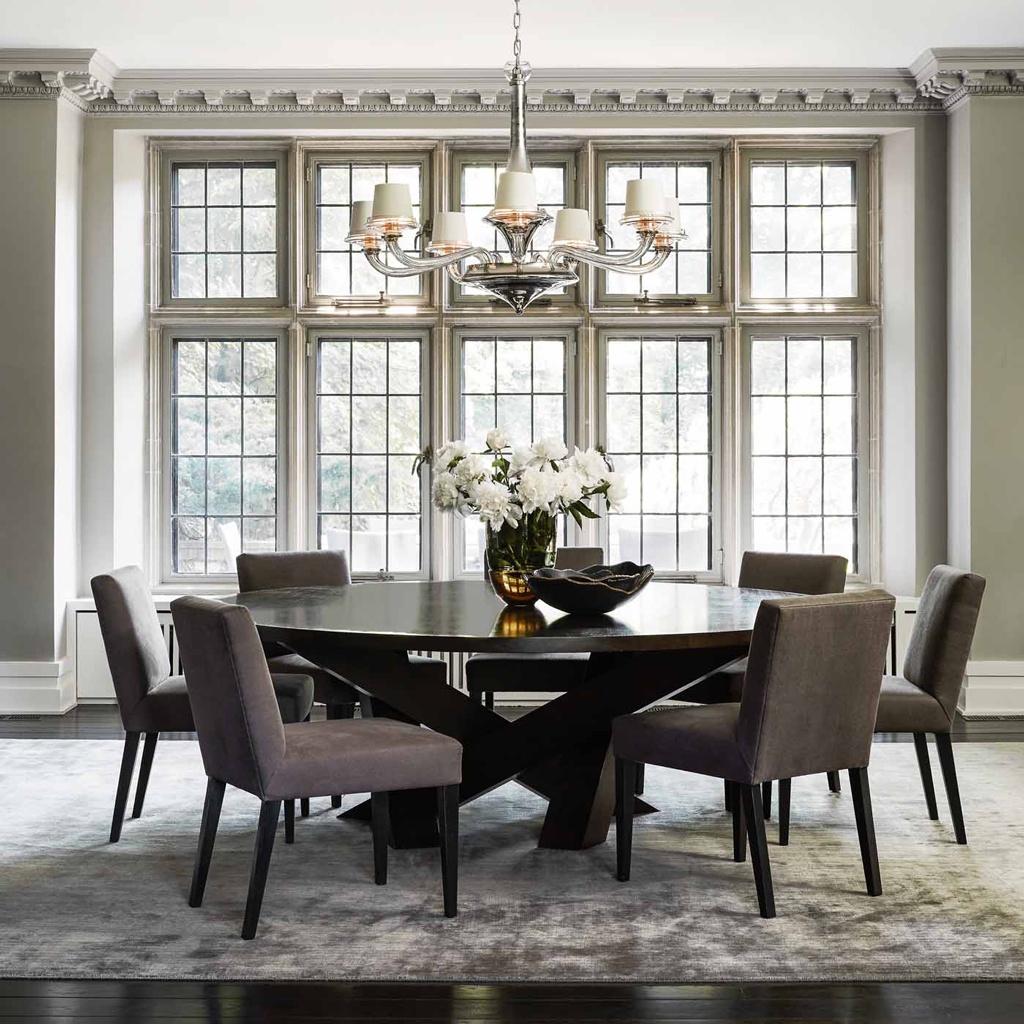
Design by Julie Charbonneau Design

